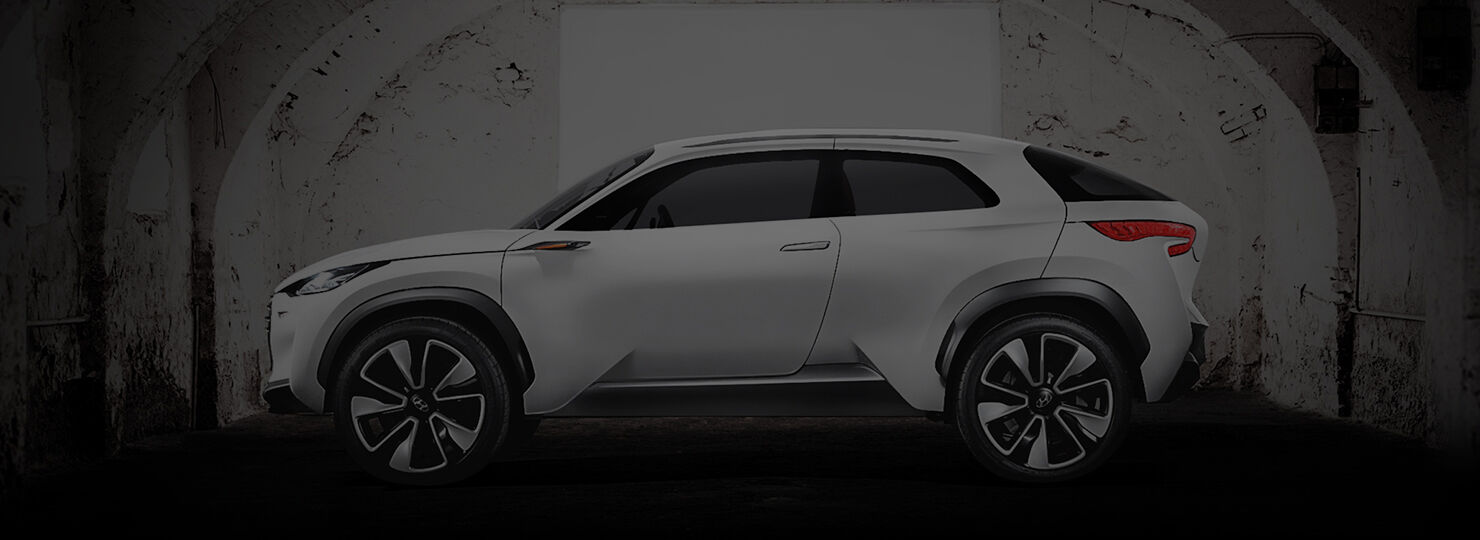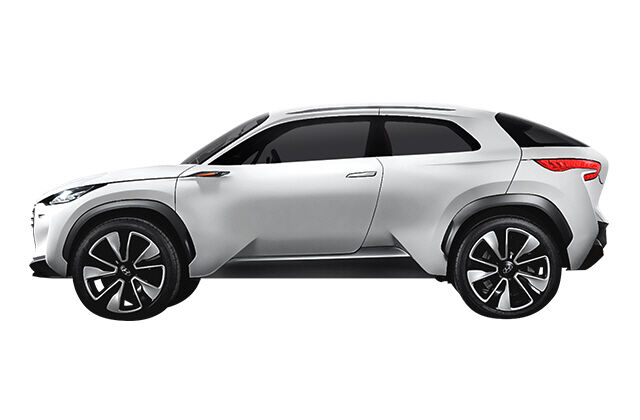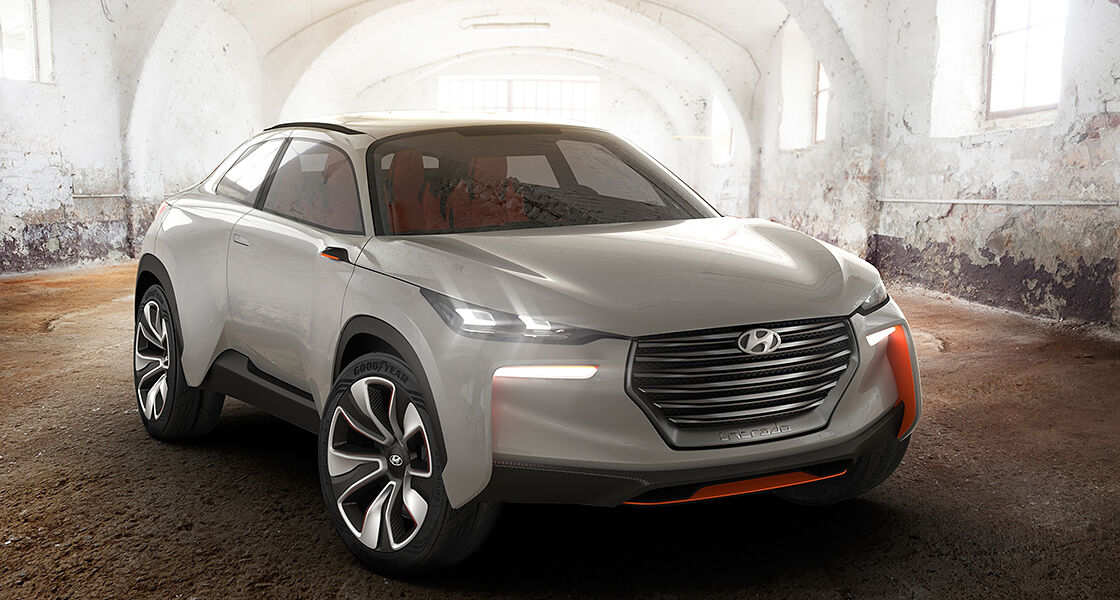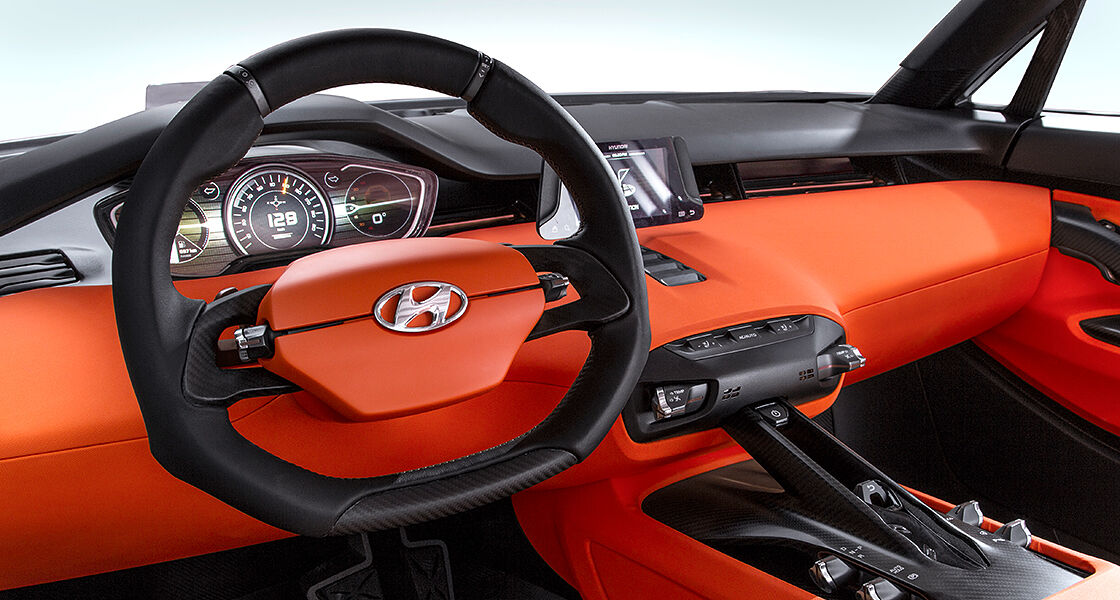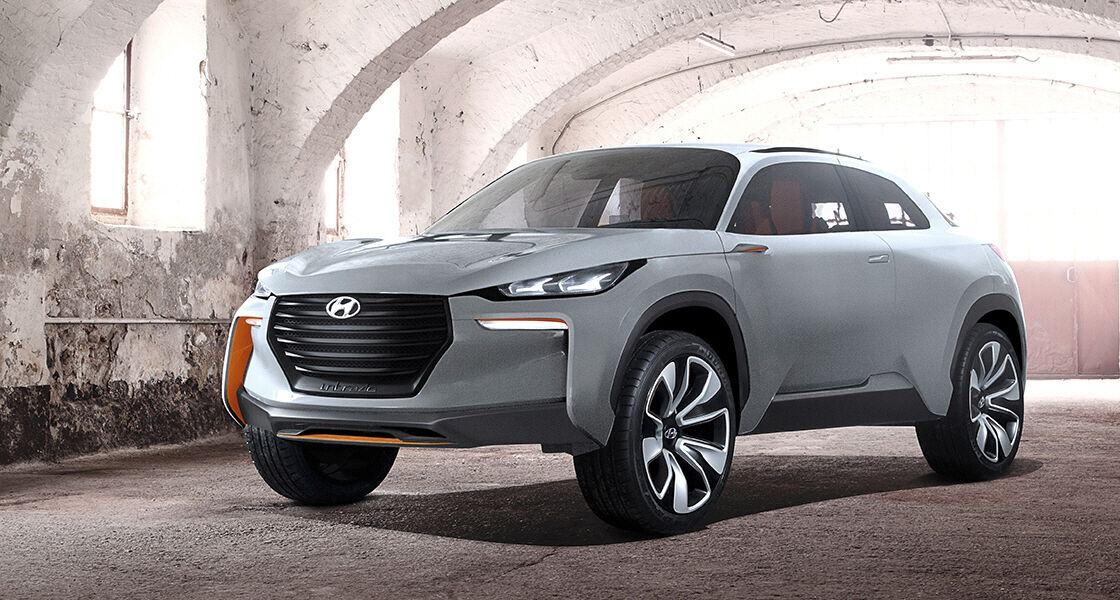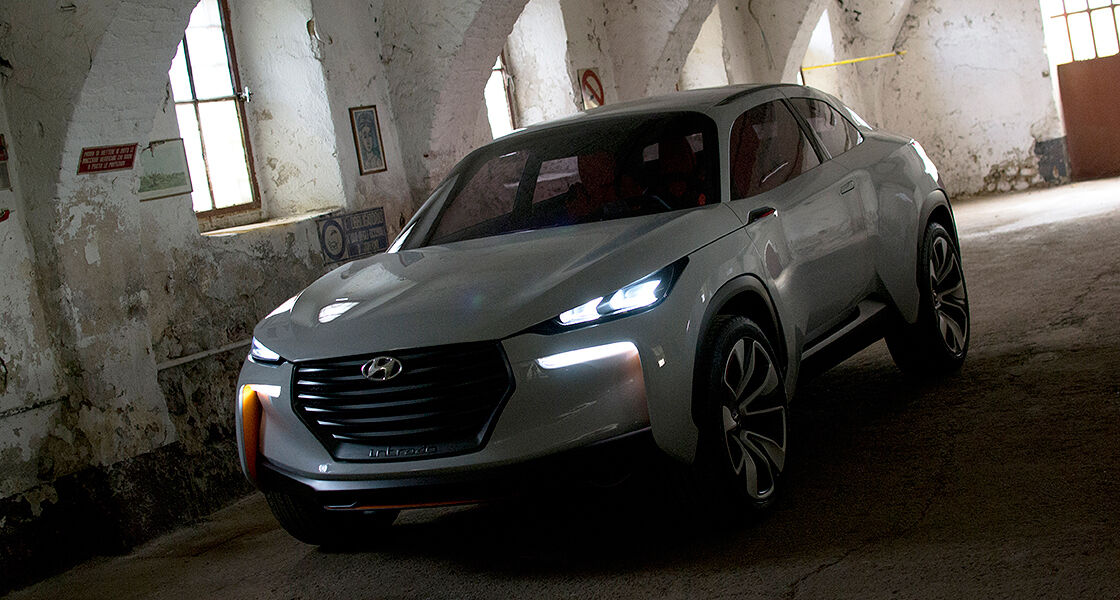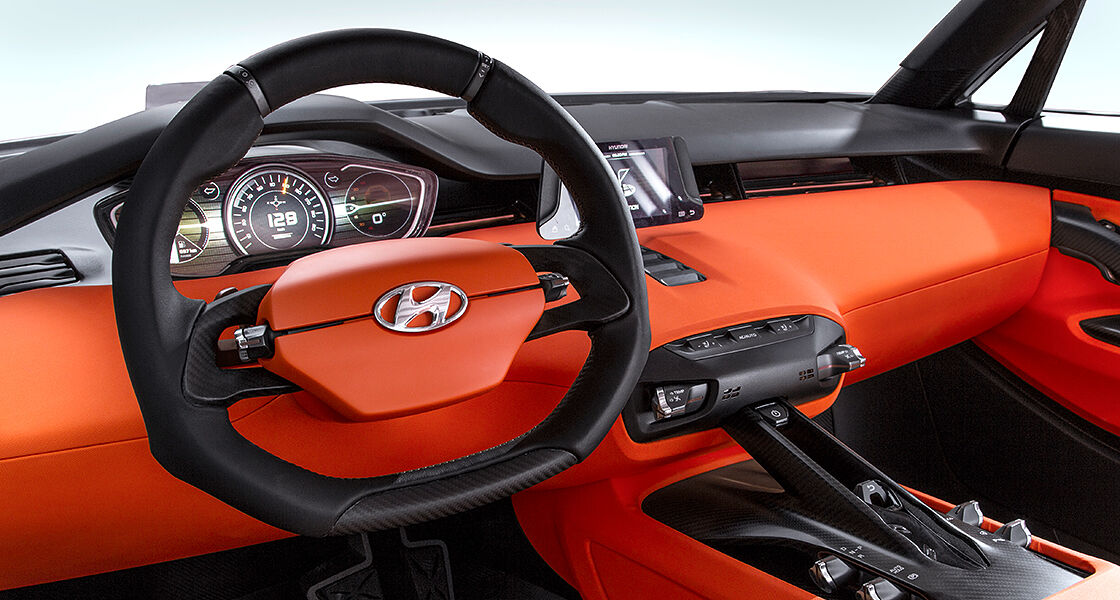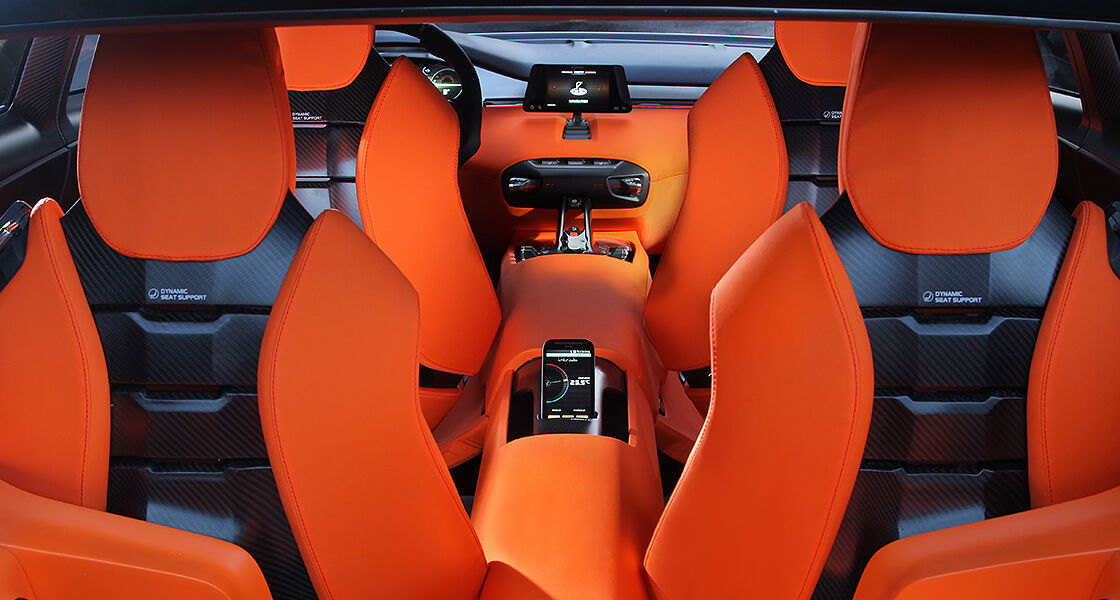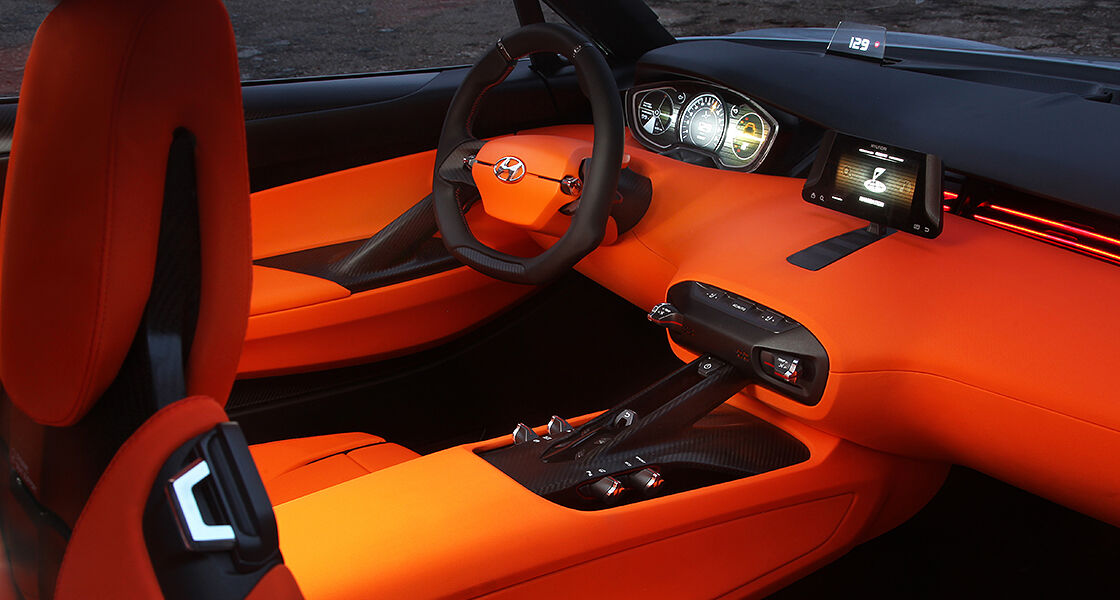Intrado, unveiled at the Hyundai press conference at Geneva, shows the company’s optimistic vision of a future where mobility is more enjoyable and more relevant. Far more than a styling exercise, Intrado demonstrates Hyundai’s belief that advanced vehicle technologies and intelligent design can combine to engage more effectively with driver and passengers. The car’s use of lightweight materials, radical construction methods and advanced powertrain raises efficiency, while the design focus inside and out is on meeting the needs of consumers with busy lifestyles.
Intrado takes its name from the underside of an aircraft’s wing the area that creates lift. The car’s advanced materials and technologies also draw inspiration from aircraft, such as the removal of all unnecessary weight, logical solutions to complex challenges, inspired by a purity of purpose, and a highly efficient powertrain.
Hyundai Worldwide Global Navigation
- Go to Global Distributors page
- KR
-
SearchRecommended search terms
